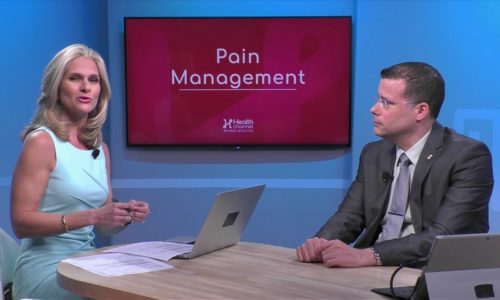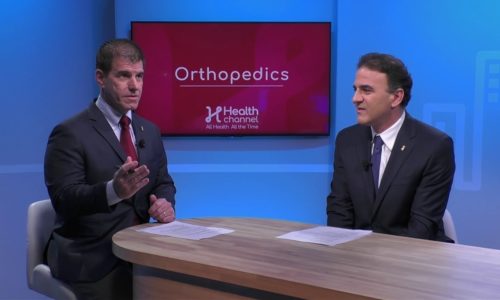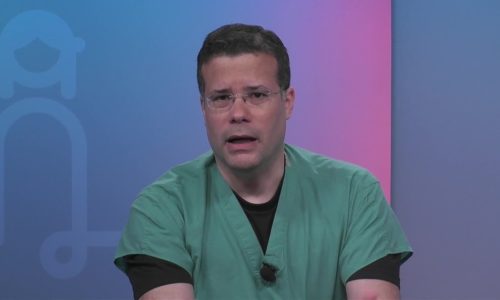Spinal Motion: Preservation Surgery |
Dr. Georgiy Brosuvanik, Spine Surgeon with Baptist Health South Florida, affirms nowadays physicians don’t need to cut anything in the neck to get to the spine.
The specialist describes how fusion surgery is performed in order to replace degenerated disks with a mobile part, thereby maintaining motion.
He affirms this procedure carries many benefits to the rest of the neck.
Transcript
Tell me a little bit what is the classical approach when it comes to preserve that motion, what kind of surgery?.> There was a surgeon about 80 years ago, dr. klauer who was actually one of my professors as he was sort of going out you know and his partner actually ones that was operating with early on, and what he invented was a way to get to the spine with very little injury, the incision is usually made right in the front, and the classic operation involved essentially using scissors to get from the skin down to the spine, which you can feel yourself the first rigid object behind sort of the swallow to of the trachea, so the approach involved going through the skin and then using scissors to get to the spine, now there’s an innovation here, in that you really don’t need to cut anything in the neck to get to the spine, there is a clear pathway, kind of like you would take to get from here to North Miami, you’ll take us one that would take 95, perhaps weight and traffic, but in the end get back to where you are, so there’s a way to get to the spine without cutting anything, using a tool which is essentially like a big q-tip, and that’s the innovation, when we get to the spine, the classic thing to do, was to take the disc out completely thereby removing pressure from the nerve, and replace it with an immobile piece of plastic, then a piece of metal was applied to bone, and screws were placed through the metal, that’s called fusion surgery, the goal of this operation is to stop the motion of the quote-unquote bad disc, the innovation here is to replace that disc with a mobile part, thereby maintaining motion, which carries so many benefits to the rest of the neck.








